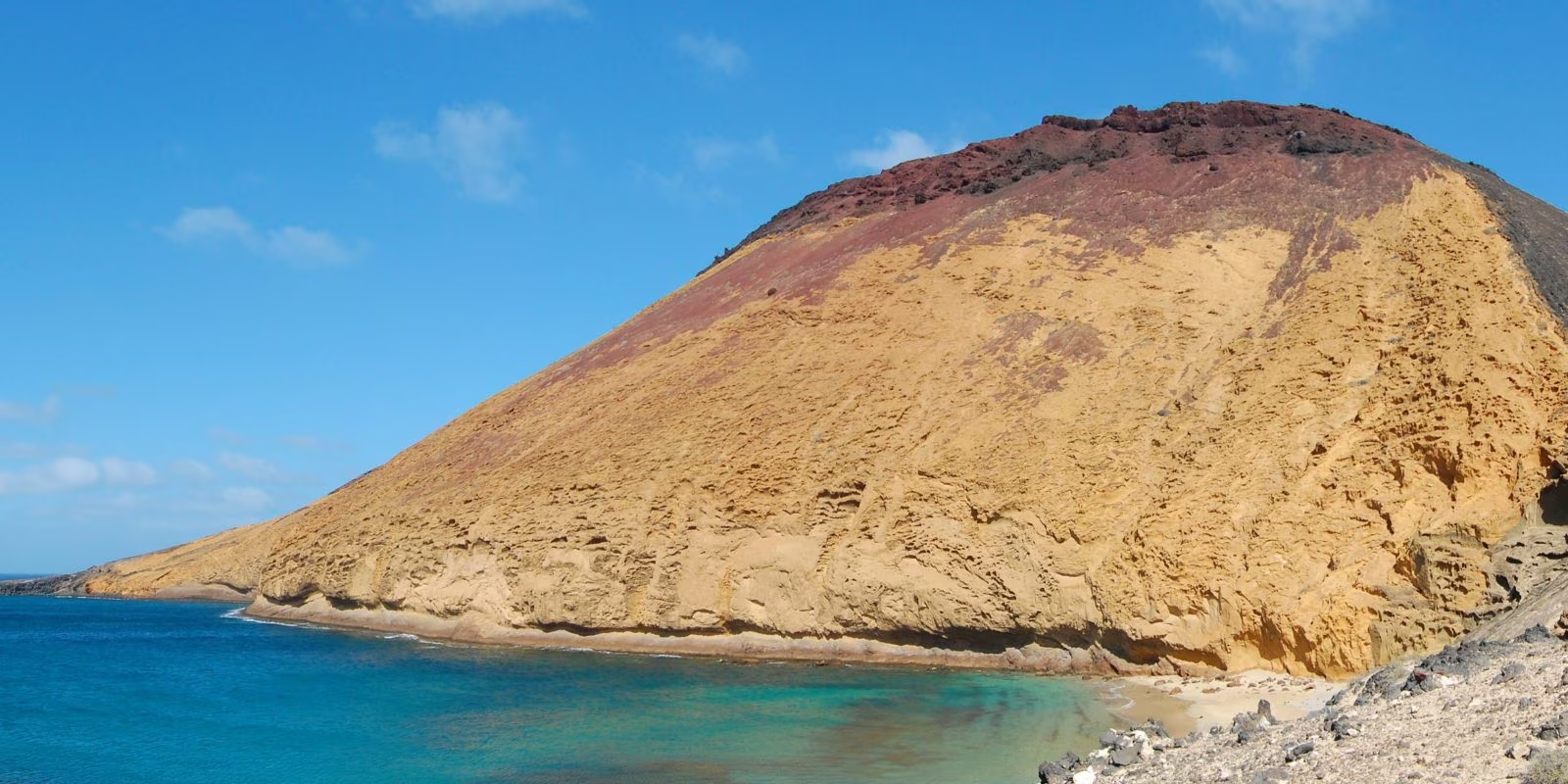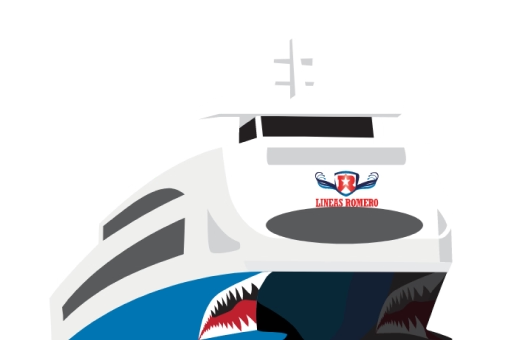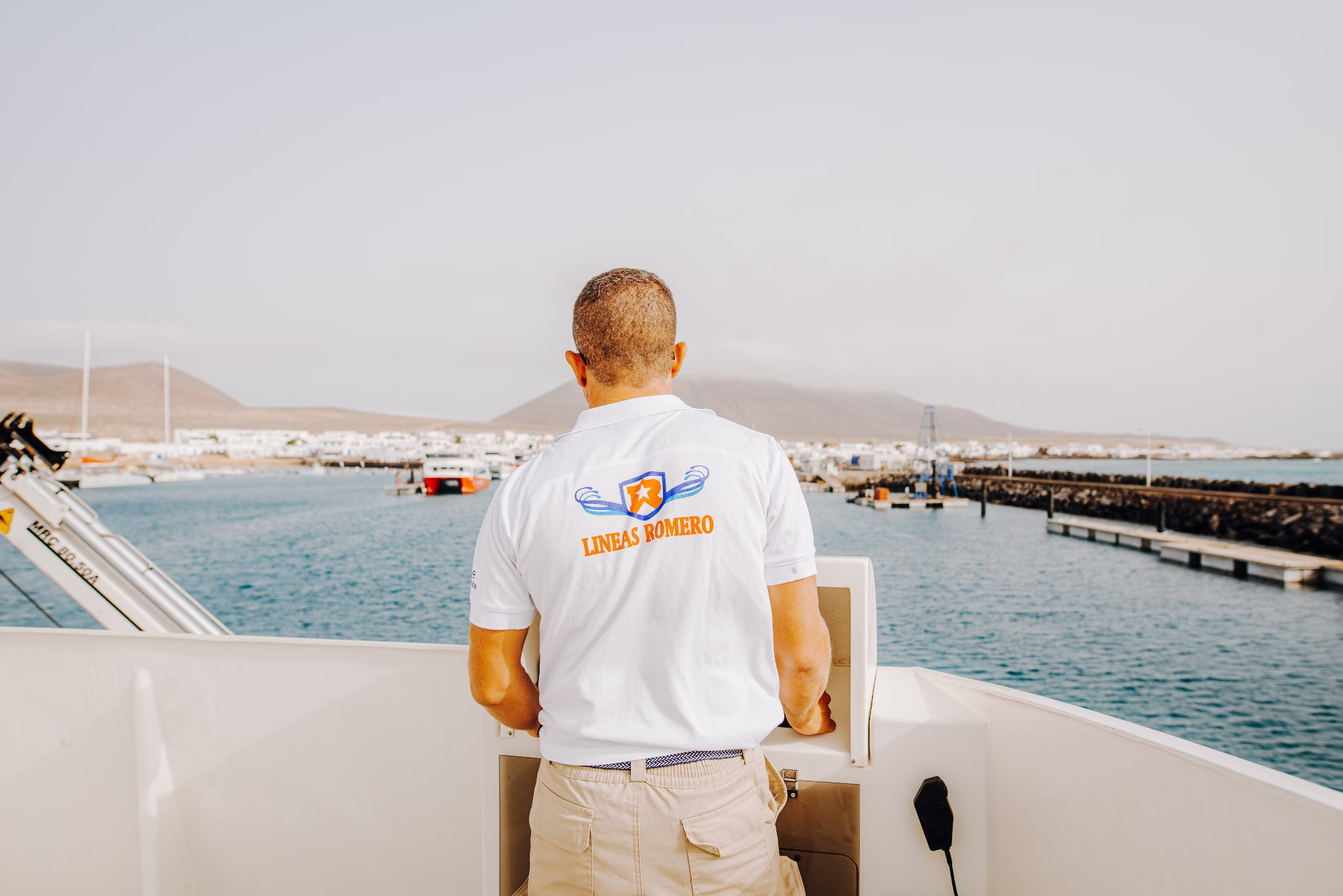
Montaña Amarilla, a magical spot in La Graciosa
If there's one thing that surprises you when visiting La Graciosa, it's how such a small island can host so many idyllic spots.
It achieves this with its contrasts, the variety of geological formations, and the mix of colors in its landscapes.
Sand, vegetation, volcanic rocks come together in this enclave that delights everyone who visits it, a privileged destination for nature lovers and its best-kept secrets.
In La Graciosa, all of these converge, creating a landscape you won't easily find elsewhere.
One of those spots that will leave you speechless is, without a doubt, Montaña Amarilla.
La Graciosa has four volcanic formations, making this island one of the most special places in the Chinijo Archipelago.
It's a small volcanic cone, 172 meters high, at whose base lies a cove that is a must-visit for any traveler: Playa de la Cocina.
It's a small cove nestled by Montaña Amarilla, about 50 meters long, which, when mixed with the volcanic landscape, creates a view where yellow, ochre, golden, brown, and turquoise colors blend.
It owes its color to its volcanic origin. During the eruption that created it, the magma mixed with seawater.
From its shore, you can admire the northwest coast of Lanzarote, as well as the Famara cliff and its beach. With a bit of luck, if the day is clear, you'll be able to spot the sandy route between Tiagua, Soo, and Tao.
The ocean current keeps the beach and its sand always clean, inviting you to swim and snorkel.
You can discover the secrets of this Marine Reserve and Punta de la Cocina, a diving area with corridors, arches, and caves where, with goggles and a snorkel, you can observe the submerged nature of this spot, such as damselfish, giant anemones, stingrays, and parrotfish.
If there's one thing that characterizes this piece of coast, it's its absolute tranquility, making it an ideal spot to visit with children.
However, despite its calm tides and always serene waters, remember that it's a beach without lifeguard services or medical assistance, so we recommend always staying vigilant.
For this same reason, and because it's a beach where the sensation of heat increases due to its sheltered location, we advise bringing enough water and food for both your stay at the beach and the journey to and from it.
Additionally, of course, take other precautions related to sun exposure and the walking route (if you choose to go this way): sunscreen, comfortable footwear, and taking all necessary breaks for the group you're traveling with.
If you decide to spend the day at this cove, don't miss the sunset from Playa de la Cocina to see how the mountain takes on yellow tones as the sun sets.
There are many ways to reach this unparalleled spot in La Graciosa. The most common is to arrive on foot or by bike, following the well-marked and signposted route, or by 4×4 taxi, which for about 25 euros will take you to Playa de la Francesa, from where you can walk to Montaña Amarilla.
This will involve a walk of about 10 minutes during which you can admire the landscape and its beauty along a path that poses no difficulty.
If you decide to go on foot or by bike, it will be a journey of about 6 kilometers from Caleta de Sebo. The walk will take around an hour and a half, and by bike about 25 minutes.
If you arrive by bike, you'll need to leave it at the bike parking area just before reaching the beach and complete the rest of the journey, about ten minutes, on foot.
The path passes through Playa del Salado and Playa de la Francesa, and except for the descent to Playa de la Cocina, which has a slightly steeper slope, the rest is generally an easy path.
When you're nearing Montaña Amarilla, you'll find a small trail (the footprints of people who follow this route will guide you), and if you continue along it, you can reach the summit.
Don't miss it; from there, you can see almost the entire island and the other three volcanic formations. Undoubtedly, a treat for the eyes.
Don't lose focus along your journey, as you'll be able to observe the area's fauna and flora, which includes yellow-legged gulls, Cory's shearwaters, Bulwer's petrels, and other species, as well as plants like balancón and white saltwort, which manage to thrive despite the salinity and aridity of this corner.
It achieves this with its contrasts, the variety of geological formations, and the mix of colors in its landscapes.
Sand, vegetation, volcanic rocks come together in this enclave that delights everyone who visits it, a privileged destination for nature lovers and its best-kept secrets.
In La Graciosa, all of these converge, creating a landscape you won't easily find elsewhere.
A volcano with a beach at its base? Yes, it's possible
One of those spots that will leave you speechless is, without a doubt, Montaña Amarilla.
La Graciosa has four volcanic formations, making this island one of the most special places in the Chinijo Archipelago.
It's a small volcanic cone, 172 meters high, at whose base lies a cove that is a must-visit for any traveler: Playa de la Cocina.
It's a small cove nestled by Montaña Amarilla, about 50 meters long, which, when mixed with the volcanic landscape, creates a view where yellow, ochre, golden, brown, and turquoise colors blend.
It owes its color to its volcanic origin. During the eruption that created it, the magma mixed with seawater.
From its shore, you can admire the northwest coast of Lanzarote, as well as the Famara cliff and its beach. With a bit of luck, if the day is clear, you'll be able to spot the sandy route between Tiagua, Soo, and Tao.
The ocean current keeps the beach and its sand always clean, inviting you to swim and snorkel.
You can discover the secrets of this Marine Reserve and Punta de la Cocina, a diving area with corridors, arches, and caves where, with goggles and a snorkel, you can observe the submerged nature of this spot, such as damselfish, giant anemones, stingrays, and parrotfish.
If there's one thing that characterizes this piece of coast, it's its absolute tranquility, making it an ideal spot to visit with children.
However, despite its calm tides and always serene waters, remember that it's a beach without lifeguard services or medical assistance, so we recommend always staying vigilant.
For this same reason, and because it's a beach where the sensation of heat increases due to its sheltered location, we advise bringing enough water and food for both your stay at the beach and the journey to and from it.
Additionally, of course, take other precautions related to sun exposure and the walking route (if you choose to go this way): sunscreen, comfortable footwear, and taking all necessary breaks for the group you're traveling with.
If you decide to spend the day at this cove, don't miss the sunset from Playa de la Cocina to see how the mountain takes on yellow tones as the sun sets.
All roads lead to Montaña Amarilla (or how to get there)
There are many ways to reach this unparalleled spot in La Graciosa. The most common is to arrive on foot or by bike, following the well-marked and signposted route, or by 4×4 taxi, which for about 25 euros will take you to Playa de la Francesa, from where you can walk to Montaña Amarilla.
This will involve a walk of about 10 minutes during which you can admire the landscape and its beauty along a path that poses no difficulty.
If you decide to go on foot or by bike, it will be a journey of about 6 kilometers from Caleta de Sebo. The walk will take around an hour and a half, and by bike about 25 minutes.
If you arrive by bike, you'll need to leave it at the bike parking area just before reaching the beach and complete the rest of the journey, about ten minutes, on foot.
The path passes through Playa del Salado and Playa de la Francesa, and except for the descent to Playa de la Cocina, which has a slightly steeper slope, the rest is generally an easy path.
When you're nearing Montaña Amarilla, you'll find a small trail (the footprints of people who follow this route will guide you), and if you continue along it, you can reach the summit.
Don't miss it; from there, you can see almost the entire island and the other three volcanic formations. Undoubtedly, a treat for the eyes.
Don't lose focus along your journey, as you'll be able to observe the area's fauna and flora, which includes yellow-legged gulls, Cory's shearwaters, Bulwer's petrels, and other species, as well as plants like balancón and white saltwort, which manage to thrive despite the salinity and aridity of this corner.



